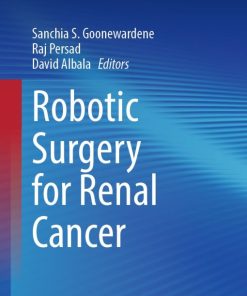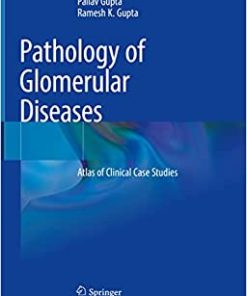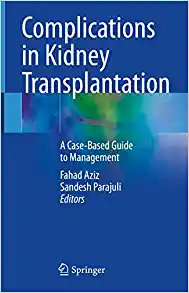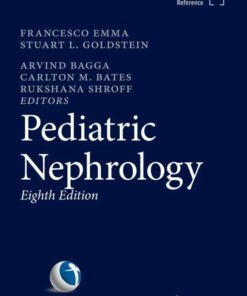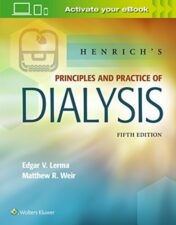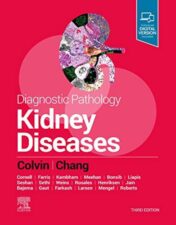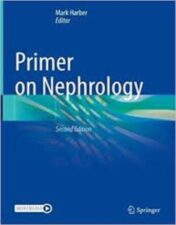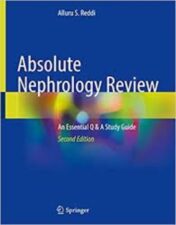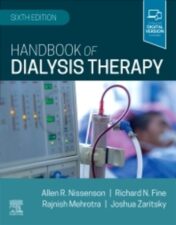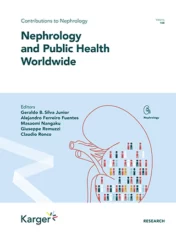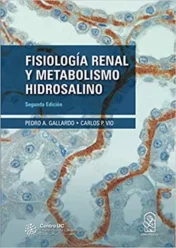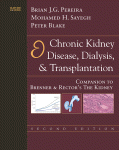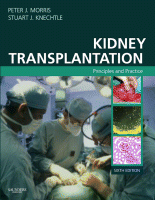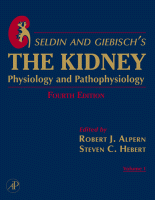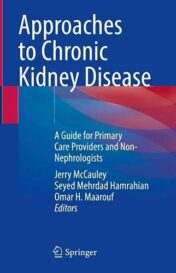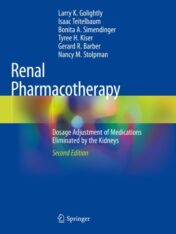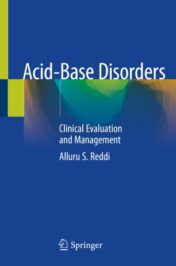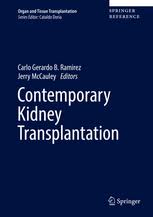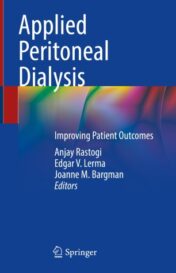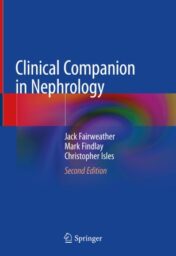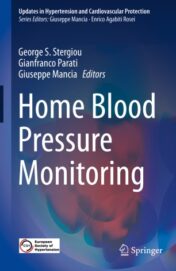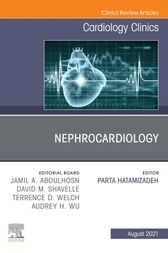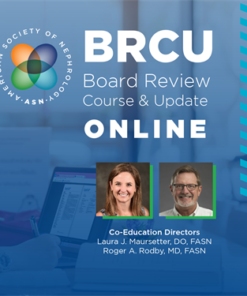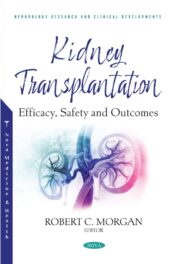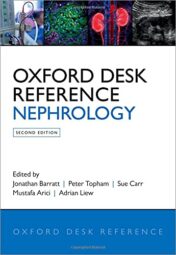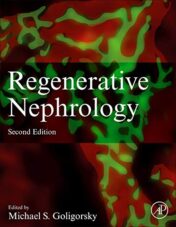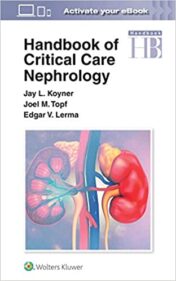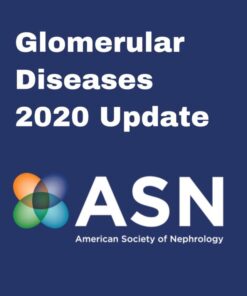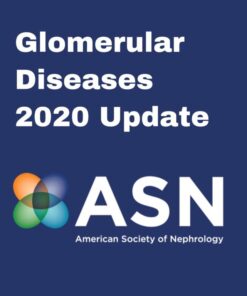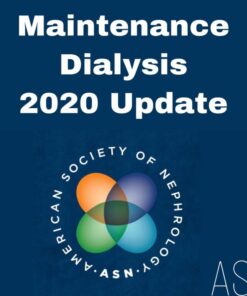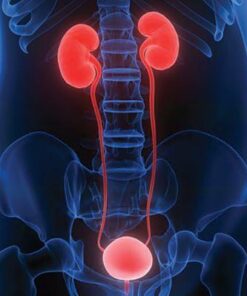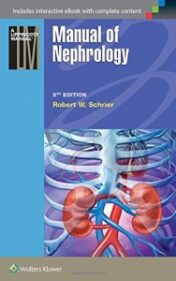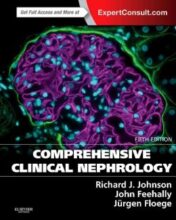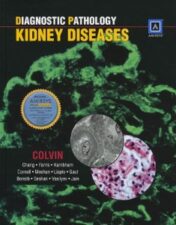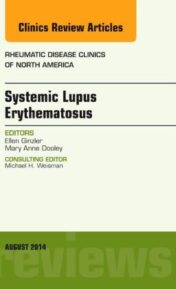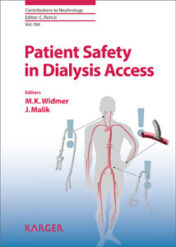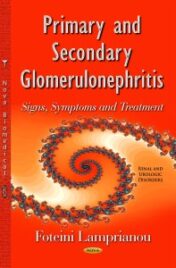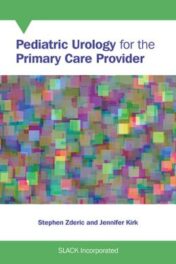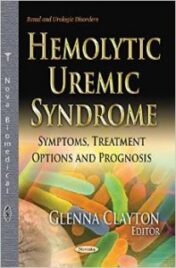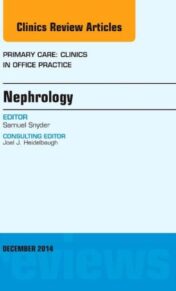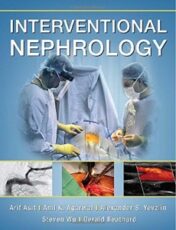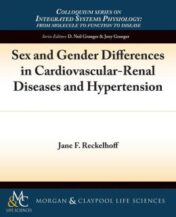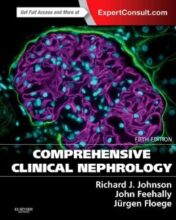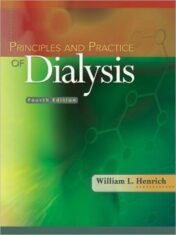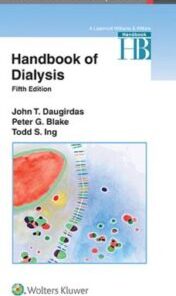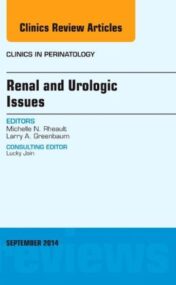Chronic Renal Disease (ORIGINAL PDF)
$15
Chronic Renal Disease (ORIGINAL PDF)
“This is a scientific textbook on clinical nephrology. The assembled authors are all leading experts hand-picked from worldwide by very human editors. The authors provided basic biological knowledge, patient-oriented pathophysiology, and clinical therapeutics for common and important renal diseases in each chapter. Overall the textbook will help any readers – from residents to faculty staff – understand the most updated information just like meeting with tremendous clinical experts.”
—Yoshihiko Kanno, MD, PhD, Professor and Chairman, Department of Nephrology, Tokyo Medical University, Tokyo, Japan
“This new book succeeds, despite its anachronistic and non-conformist title, largely because of the excellence of the individual chapters. It is a sheer delight to read. The Editors have skilfully concocted a recipe containing the finest ingredients (authors) for a very palatable, digestible and ultimately satisfying feast of information on an extremely important, and often misunderstood, topic in contemporary medicine. While I cannot agree with every syllable of its prose, one cannot deny a conclusion that this book fills, to a remarkable degree, a void in the literature of medicine – a vacuum created by the 21st century transformation of
a chaotic landscape of confusing terminology and poorly understood epidemiology and pathophysiology Into a vibrant, albeit controversial, essential element in the practice of Nephrology. From the precious and elegant description of the fascinating history of chronic kidney (or renal) disease to the astounding complexity of the still unfolding story of pathobiology, this collection of essays, reviews and analyses has something for everyone who is a motivated learner. Comprehension of the detailed knowledge encompassed between its covers will give physicians the tools needed to provide superior care to patients suffering from the disorders described. Despite the seeming completeness of coverage of the generic topic, the description of
the state-of-the art clearly shows how much remains unknown and how many controversies need to be resolved, not the least of which is how best to define the disorder in a way that has direct meaning to individuals as compared to populations and to how to detect it in a way that will lead to an improvement in the health of society as a whole. One might predict with confidence that the anticipated subsequent editions of this landmark text will continue to enlighten and empower clinicians and investigators in their continued quest for victory over the causes and consequences of this broadly defined disorder. This book belongs on the shelf, close at hand, of every nephrologist. It will get a lot of use.”
—Richard J. Glassock, MD, MACP, Emeritus Professor, The Geffen School of Medicine at UCLA, Los Angeles, CA, USA
Related Products
NEPHROLOGY BOOKS
NEPHROLOGY BOOKS
Robotic Surgery for Renal Cancer (Original PDF from Publisher)
NEPHROLOGY BOOKS
NEPHROLOGY BOOKS
NEPHROLOGY BOOKS
Handbook of Nephrology and Hypertension, 7th Edition (EPUB3)
NEPHROLOGY BOOKS
NEPHROLOGY BOOKS
Pediatric Nephrology, 8th Edition (Original PDF from Publisher)
Internal Medicine Videos
NEPHROLOGY BOOKS
Diagnostic Pathology: Kidney Diseases, 3rd Edition 2019 Original PDF
NEPHROLOGY BOOKS
NEPHROLOGY BOOKS
NEPHROLOGY BOOKS
NEPHROLOGY BOOKS
NEPHROLOGY BOOKS
Minimally Invasive Percutaneous Nephrolithotomy 2022 Original PDF
NEPHROLOGY BOOKS
NEPHROLOGY BOOKS
NEPHROLOGY BOOKS
American Society of Nephrology (ASN) Kidney Week 2021 CME VIDEOS
NEPHROLOGY BOOKS
NEPHROLOGY BOOKS
Handbook of Home Hemodialysis, 1st Edition High Quality PDF 2021
NEPHROLOGY BOOKS
NEPHROLOGY BOOKS
Kidney Transplantation Principles and Practice 2008 Original pdf
NEPHROLOGY BOOKS
Chronic Kidney Disease Diagnosis and Treatment 2020 Original pdf
NEPHROLOGY BOOKS
NEPHROLOGY BOOKS
Acute Kidney Injury and Regenerative Medicine 2020 Original pdf
NEPHROLOGY BOOKS
Diabetic Nephropathy Methods and Protocols 2020 Original pdf
NEPHROLOGY BOOKS
NEPHROLOGY BOOKS
NEPHROLOGY BOOKS
NEPHROLOGY BOOKS
Keynes & Aidley’s Nerve and Muscle, 5th Edition (Original PDF) 2020
NEPHROLOGY BOOKS
NEPHROLOGY BOOKS
NEPHROLOGY BOOKS
NEPHROLOGY BOOKS
NEPHROLOGY BOOKS
Harvard Comprehensive Review of Nephrology 2021 (CME Videos)
NEPHROLOGY BOOKS
Nephrocardiology, An Issue of Cardiology Clinics Original PDF
NEPHROLOGY BOOKS
Oxford Desk Reference Nephrology, 2nd Edition (Original PDF)
NEPHROLOGY BOOKS
NEPHROLOGY BOOKS
NEPHROLOGY BOOKS
Handbook of Critical Care Nephrology ePub+Converted PDF 2021
NEPHROLOGY BOOKS
NEPHROLOGY BOOKS
NEPHROLOGY BOOKS
NEPHROLOGY BOOKS
NEPHROLOGY BOOKS
NEPHROLOGY BOOKS
NEPHROLOGY BOOKS
NEPHROLOGY BOOKS
NEPHROLOGY BOOKS
NEPHROLOGY BOOKS
NEPHROLOGY BOOKS
Systemic Lupus Erythematosus, An Issue of Rheumatic Disease Clinics
NEPHROLOGY BOOKS
NEPHROLOGY BOOKS
New Insights into Glomerulonephritis : Pathogenesis and Treatment
NEPHROLOGY BOOKS
NEPHROLOGY BOOKS
NEPHROLOGY BOOKS
NEPHROLOGY BOOKS
NEPHROLOGY BOOKS
Hemolytic Uremic Syndrome: Symptoms, Treatment Options and Prognosis
NEPHROLOGY BOOKS
Pediatric Renal Transplantation: Protocols and Controversies
NEPHROLOGY BOOKS
Nephrology, An Issue of Primary Care: Clinics in Office Practice
NEPHROLOGY BOOKS
NEPHROLOGY BOOKS
Comprehensive Clinical Nephrology, 5th Edition (ORIGINAL PDF)
NEPHROLOGY BOOKS
NEPHROLOGY BOOKS
NEPHROLOGY BOOKS
Renal and Urologic Issues, An Issue of Clinics in Perinatology
NEPHROLOGY BOOKS






